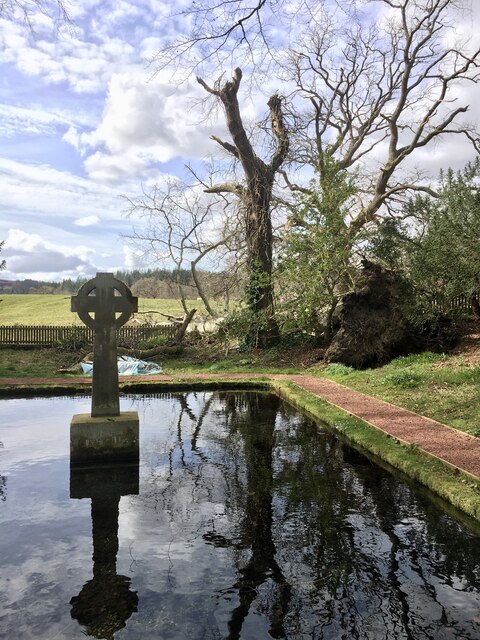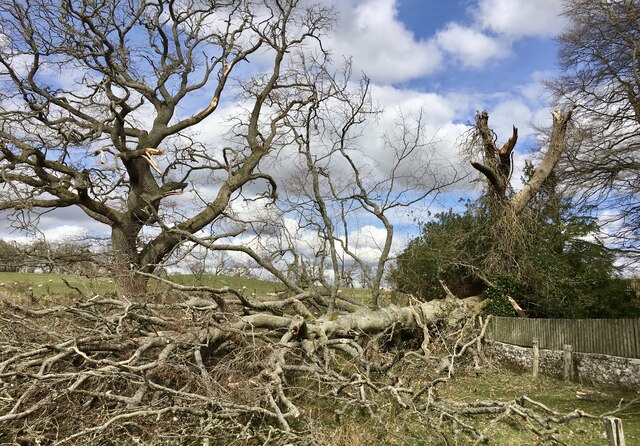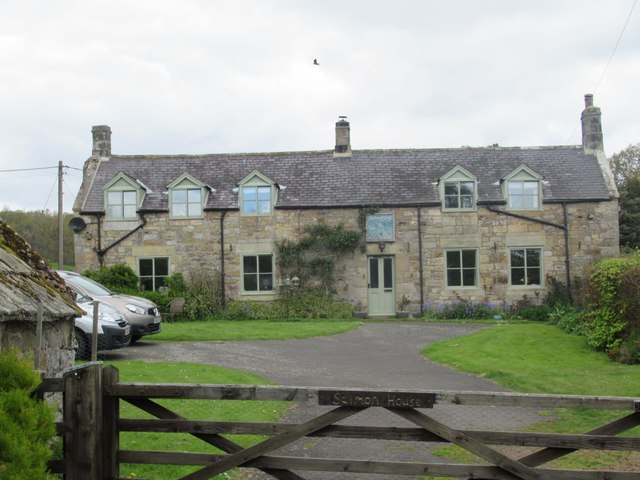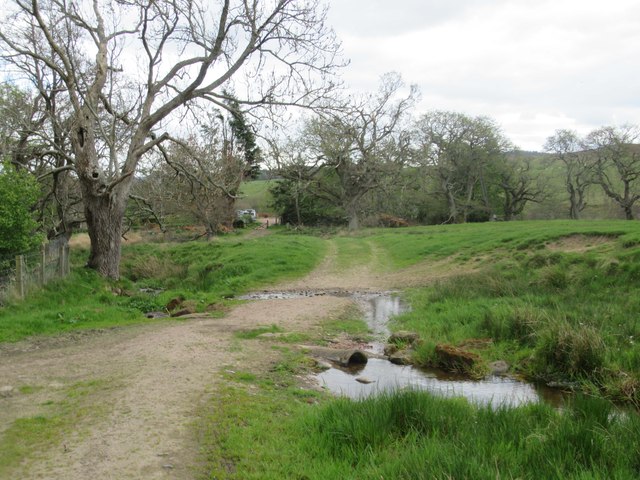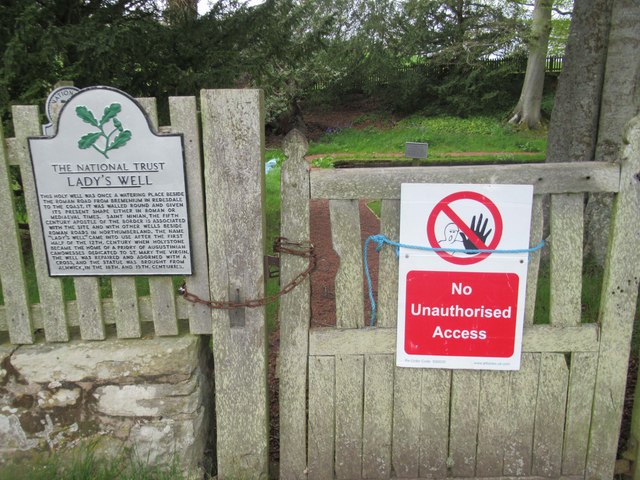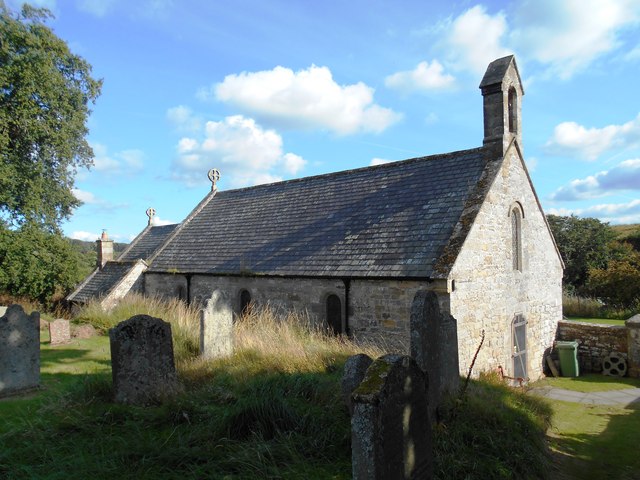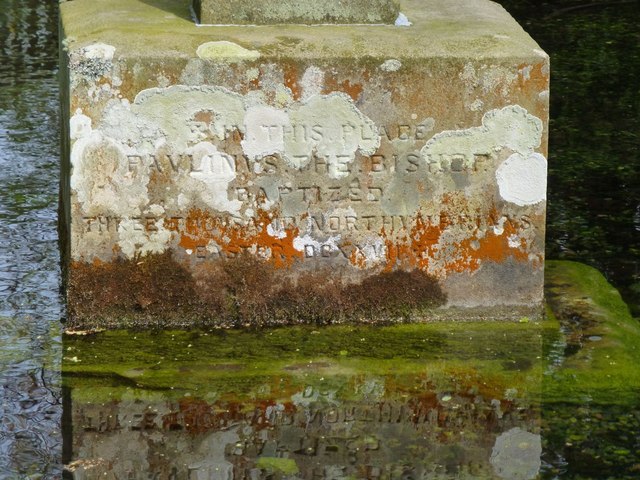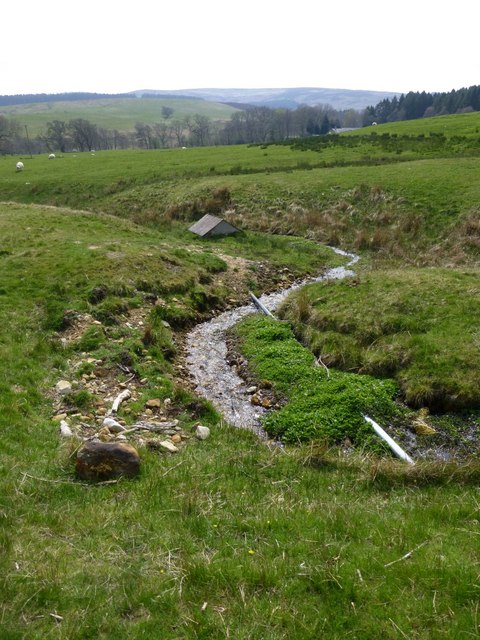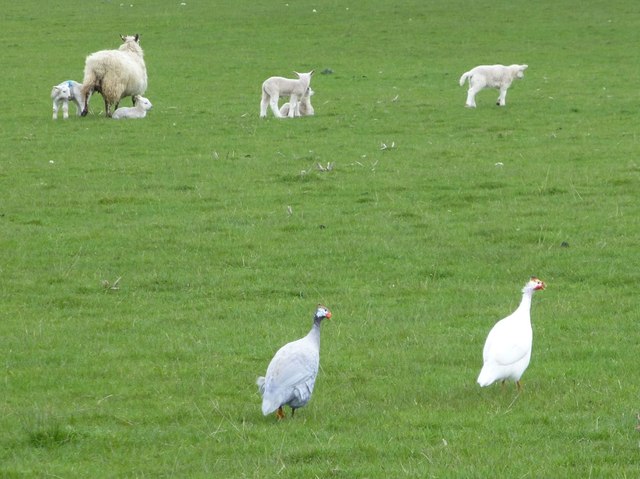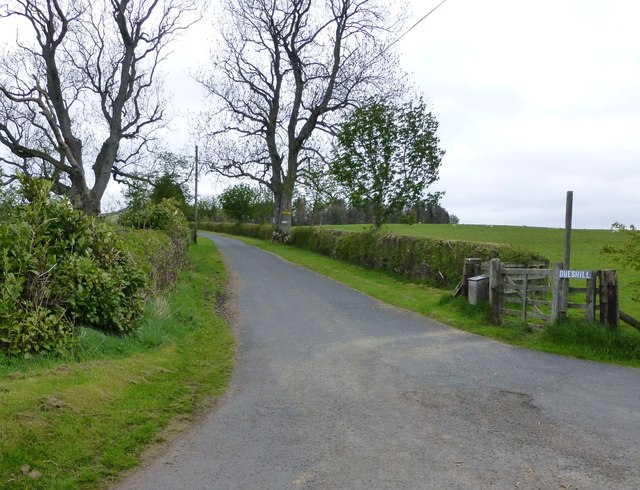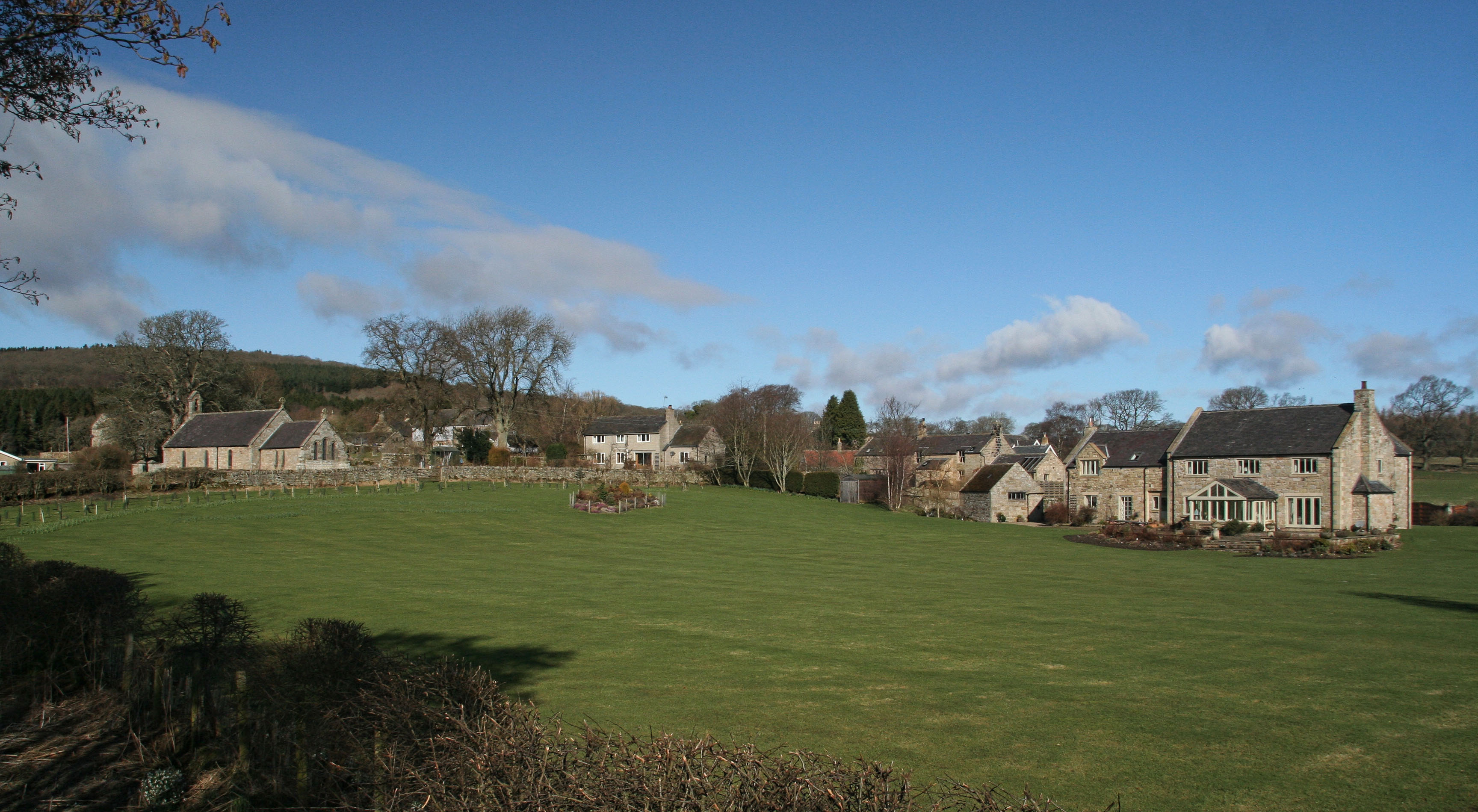Rabbit Wood
Wood, Forest in Northumberland
England
Rabbit Wood
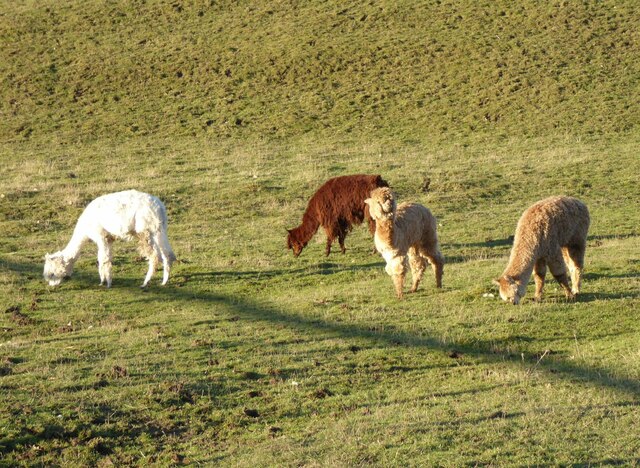
Rabbit Wood is a picturesque woodland located in the county of Northumberland, England. Covering an area of approximately 100 acres, this enchanting forest is known for its natural beauty and diverse wildlife. Situated on the outskirts of the charming village of Rabbit Hill, the wood is easily accessible for both locals and visitors.
The woodland is predominantly composed of native trees such as oak, beech, and birch, which create a dense canopy, providing shelter and habitats for numerous woodland creatures. The forest floor is adorned with a carpet of bluebells in the spring, creating a breathtaking sight.
Rabbit Wood offers a variety of walking trails, allowing visitors to explore its hidden treasures. These trails wind through the trees, offering glimpses of babbling brooks, moss-covered rocks, and small waterfalls. The peaceful atmosphere and the sound of birdsong make it an ideal escape from the hustle and bustle of everyday life.
Wildlife enthusiasts will be delighted by the abundance of creatures that call Rabbit Wood home. Red squirrels can often be spotted darting through the branches, while deer can be seen grazing in the open clearings. The wood is also home to a wide range of bird species, including woodpeckers, owls, and various songbirds.
Rabbit Wood is not only a haven for nature lovers, but it also holds historical significance. The remains of an ancient settlement, dating back to the Neolithic era, have been discovered within its boundaries. These archaeological findings add an additional layer of intrigue to this already captivating woodland.
Overall, Rabbit Wood in Northumberland is a must-visit destination for those seeking tranquility, natural beauty, and a chance to immerse themselves in the wonders of the English countryside.
If you have any feedback on the listing, please let us know in the comments section below.
Rabbit Wood Images
Images are sourced within 2km of 55.321179/-2.0461751 or Grid Reference NT9703. Thanks to Geograph Open Source API. All images are credited.
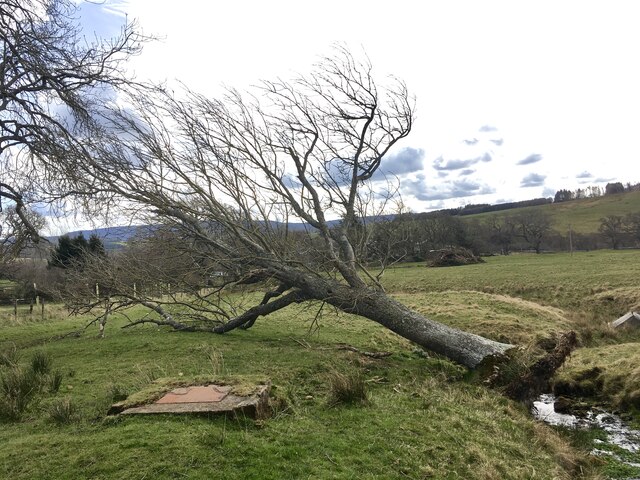

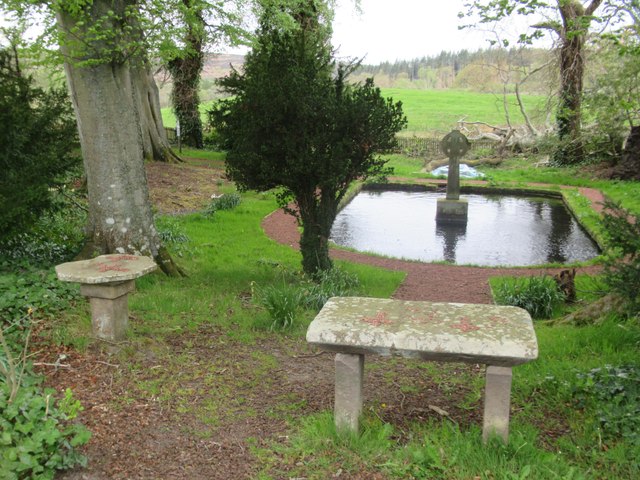
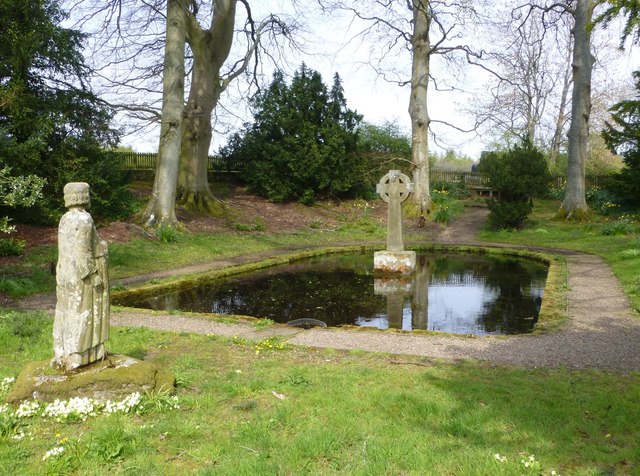
Rabbit Wood is located at Grid Ref: NT9703 (Lat: 55.321179, Lng: -2.0461751)
Unitary Authority: Northumberland
Police Authority: Northumbria
What 3 Words
///quail.inserting.convinced. Near Rothbury, Northumberland
Nearby Locations
Related Wikis
Holystone, Northumberland
Holystone is a small village and former civil parish, now in the parish of Harbottle, in Northumberland, England. It lies on the edge of (and just within...
Sharperton
Sharperton is a small settlement and former civil parish, now in the parish of Harbottle, in Northumberland, England. Sharperton is the site of a deserted...
Hepple
Hepple is a small village and parish in rural Northumberland, 4 miles (6.4 km) west of Rothbury, which provides most of its local services. It is on the...
Burradon, Northumberland
Burradon is a village and former civil parish, now in the parish of Netherton, in Northumberland, England. It is about 14 miles (23 km) to the south-west...
Harbottle
Harbottle is a village and civil parish in Northumberland, England about 10 miles (16 km) south-east of the Scottish border, in the southeastern part of...
Reivers Way
The Reivers Way is a long-distance footpath in Northumberland, passing through the Northumberland National Park and the Cheviot Hills. Totalling 242 kilometres...
Harbottle Castle
Harbottle Castle is a ruined medieval castle situated at the west end of the village of Harbottle, Northumberland, England, 9 miles (14 km) west-north...
Netherton, Northumberland
Netherton is a village and civil parish in the English county of Northumberland. The population of the village at the 2011 census was 185.Located 6+1⁄2...
Have you been to Rabbit Wood?
Leave your review of Rabbit Wood below (or comments, questions and feedback).



